Natural Vs. Lab-Grown Diamonds: Which one is Better?
Introduction
Are you thinking of investing in an heirloom piece? Do you have a special occasion or milestone birthday on the horizon? You might be debating whether you want to purchase natural or lab-grown diamonds. It’s a common debate going on within the jewelry world. Both have their pros and cons, but personal preference is usually the deciding factor. It’s worth noting that lab-grown diamonds are still diamonds, just like ones that are earth-grown. The differences between the two are fewer than you might be expecting.
We’re deep-diving into the world of diamonds to look at the differences and similarities between natural vs. lab-grown diamonds.


The Differences in Natural vs. Lab-Grown Diamonds
The main difference in the outcome of the diamond is that natural diamonds typically grow in an octahedron shape in 8 directions, while lab-grown diamonds are either cube or cuboctahedron, growing in 1 or 14 directions, respectively.
As lab-grown diamonds have the same composition and appearance as natural diamonds, most jewelers struggle to tell the two apart. It takes highly technical equipment to closely examine the two and separate them. The GIA offers ‘Laboratory-Grown Diamond Reports’ although they use separate terms from those used for natural diamonds.
The question over which type is more sustainable is ongoing, as the Diamond Producers Association at the time of writing this article has claimed that the carbon-intensive production process for most lab-grown diamonds makes them not eco-friendly. However, lab-grown diamonds can be ethical than the majority of mined diamonds on the market because they are easier to trace.
While lab-grown diamonds use a high amount of energy and water to produce, there are some that are much cleaner than others. For example lab diamond companies are increasingly switching to renewable energy as a way to cut down their carbon footprint like our lab diamonds made from carbon pollution by AETHER that run on solar power.
Price is usually one of the determining factors between whether you decide on a natural or lab-grown diamond. The lab-grown variant can be around 50% cheaper to buy than natural diamonds, with those that have identical gradings usually being around 30% cheaper. It primarily supplies that determines these prices rather than value, as natural diamonds are limited in supply.
If you’re searching for an investment piece, natural diamonds will gain you a higher resale value than lab-grown versions. But it’s important to note that pieces appropriate for investment purposes only happen when you spend 5-6 figures and up. Most diamonds will maintain only 50% of its value, and it’s difficult to estimate what a lab-grown diamond would fetch. As such most diamond jewelry purchases do not make appropriate investment opportunities.

The Appearance of Natural vs. Lab-Grown Diamonds
Unless you’re a collector of fine jewelry, you’ll likely be prioritizing how your diamond looks, as opposed to the small print of its classification. Lab-grown and natural diamonds are virtually identical to the naked eye. You could easily tell someone that your lab diamond is natural, and they wouldn’t know the difference.
The brilliance and natural shine that you get from your diamond will be the same, regardless of where it’s come from. If you’re prioritizing the size, cut, or clarity of your diamond, you’ll be able to get a higher specification with a lab-grown diamond than an earth-mined one.
Should I Buy Natural or Lab-Grown Diamonds?
The best person to answer that question is you. The pros and cons of each style mean they’re considered relatively equal by those looking to buy a diamond. Some people choose to buy lab-grown diamonds, while others like to stay true to natural diamonds. It’s all about personal preference as aesthetically the two are virtually identical.
The easiest way to decide which type of diamond is right for you is to decide what’s important. While lab-grown diamonds are hailed for their traceability, you can also find traceable earth diamonds like certified Canadian Mined. It might be diamond’s cut or your budget that helps you decide.
More couples and individuals are choosing to purchase lab-grown diamonds, but that doesn’t mean that the allure of a natural diamond has suddenly disappeared. Both options are available for you to choose from, allowing you to choose the diamond that’s right for you, your lifestyle, and your budget.
Whatever you choose, you’re guaranteed to find a diamond that captures your imagination and fulfills your jewelry dreams.
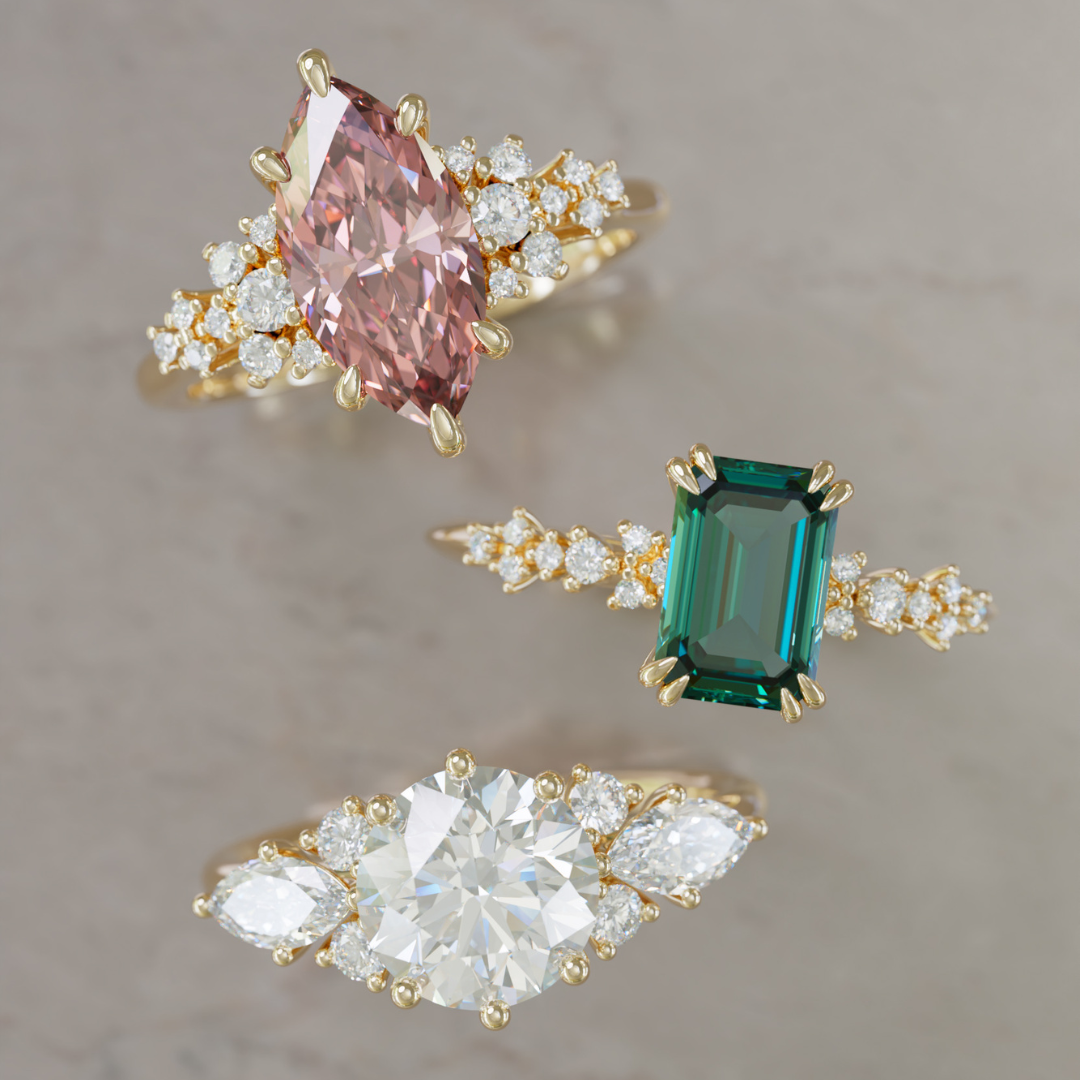



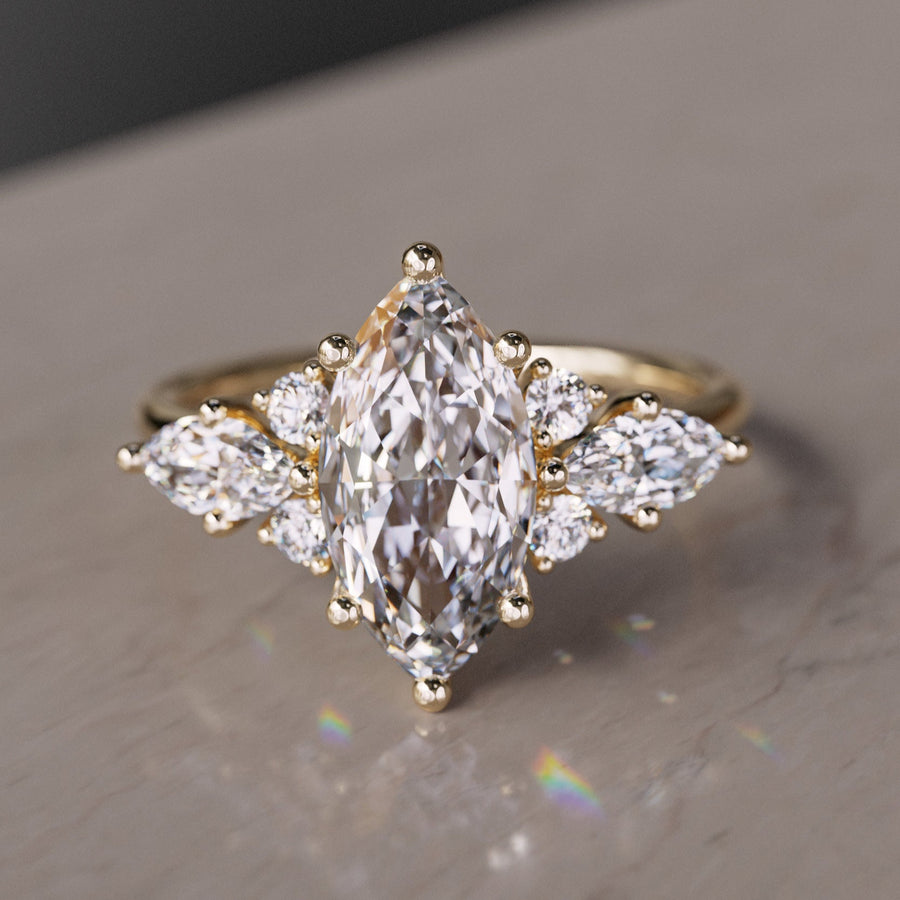
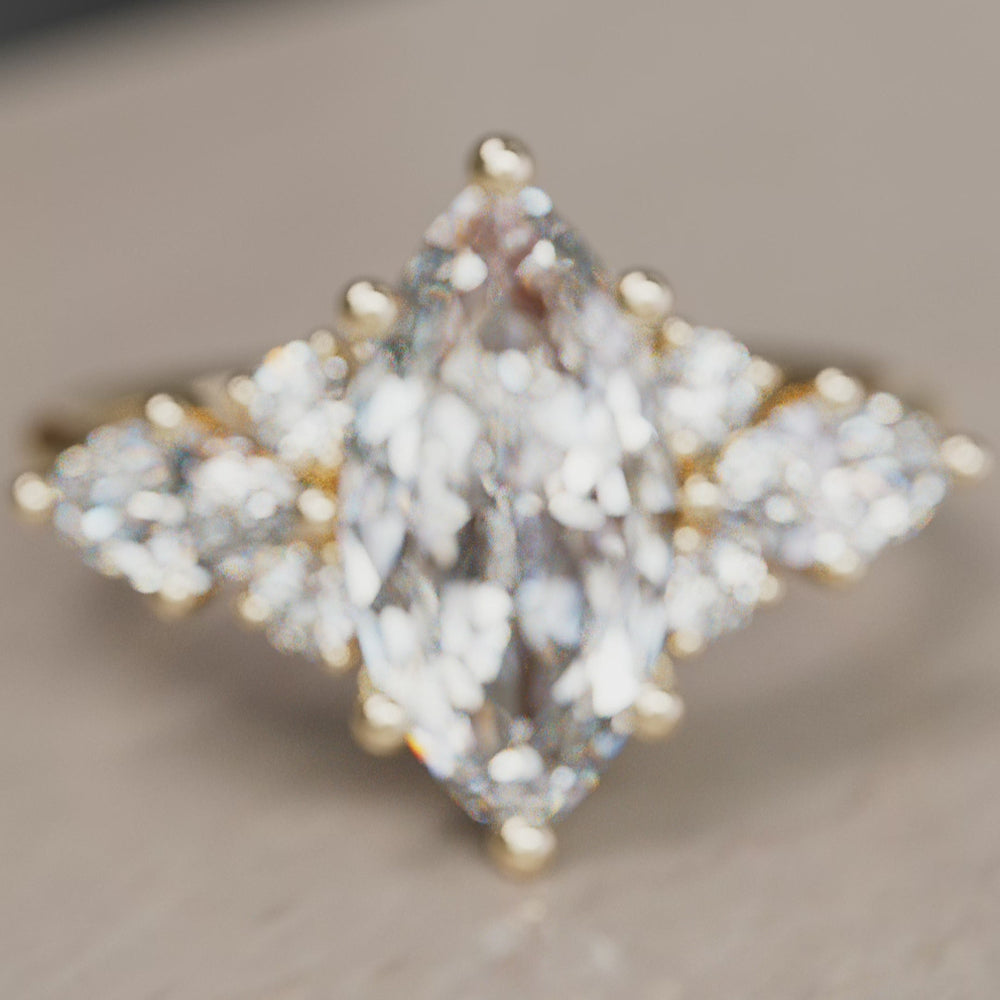
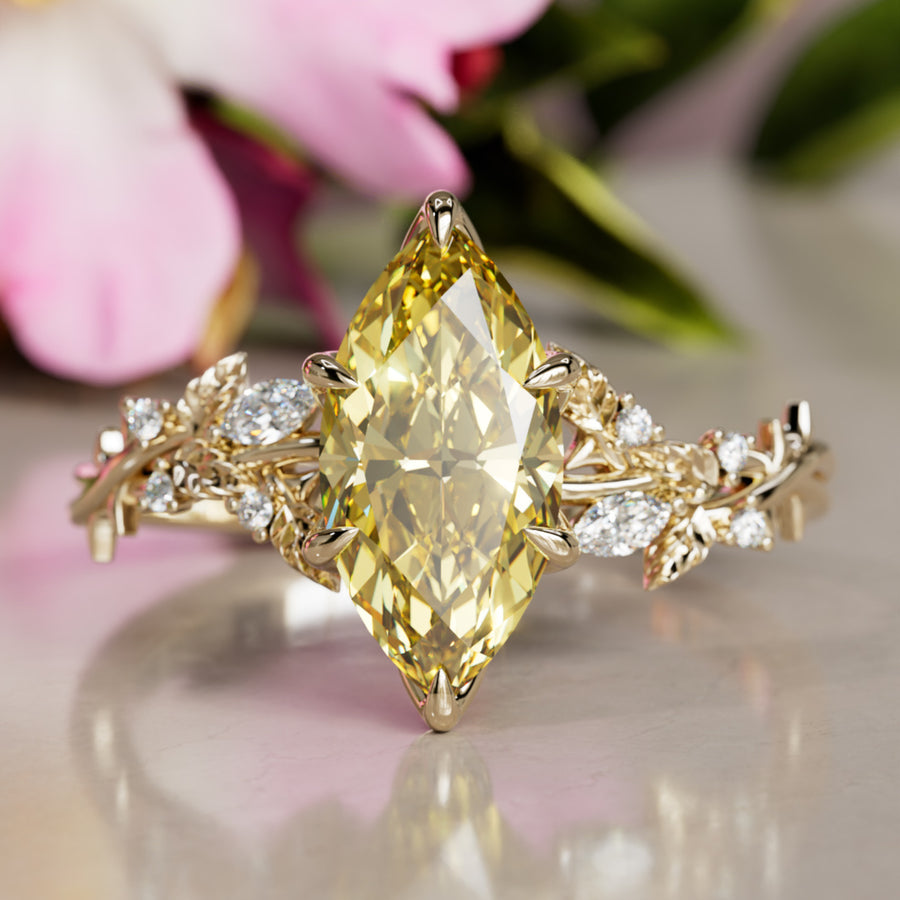
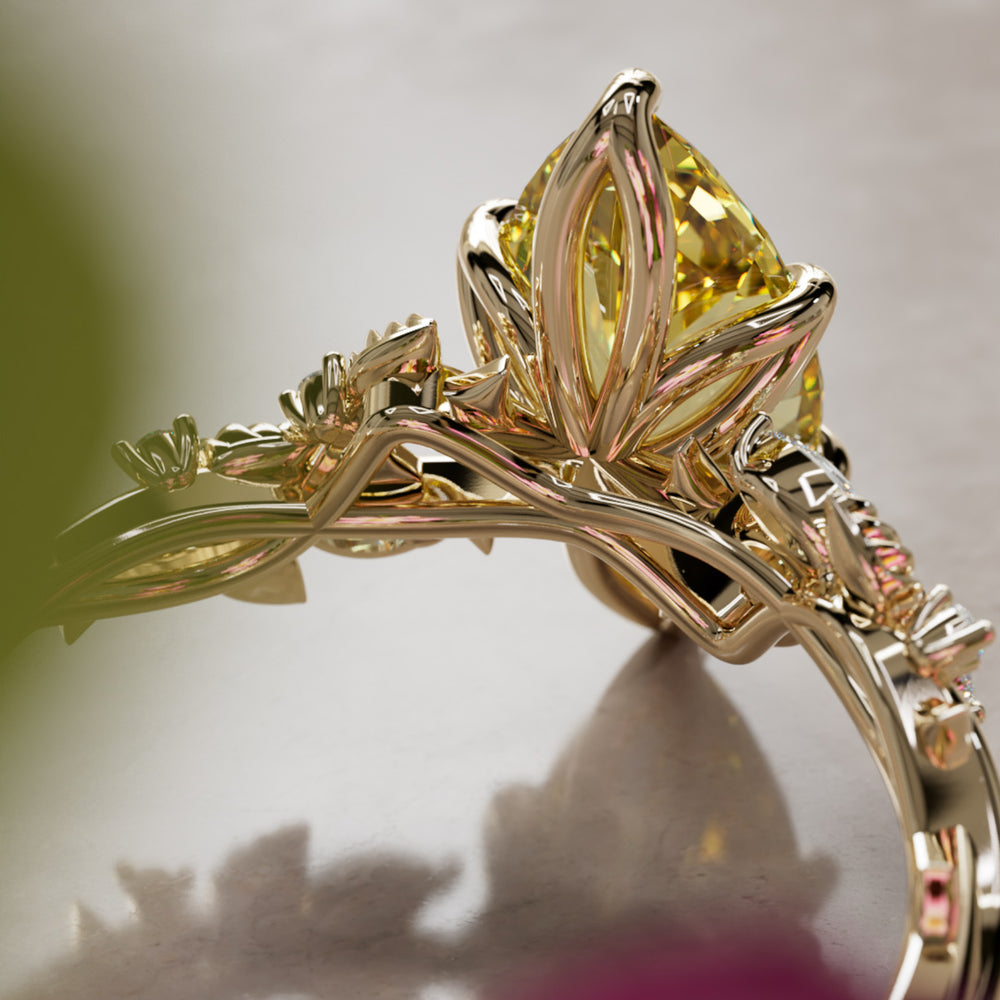
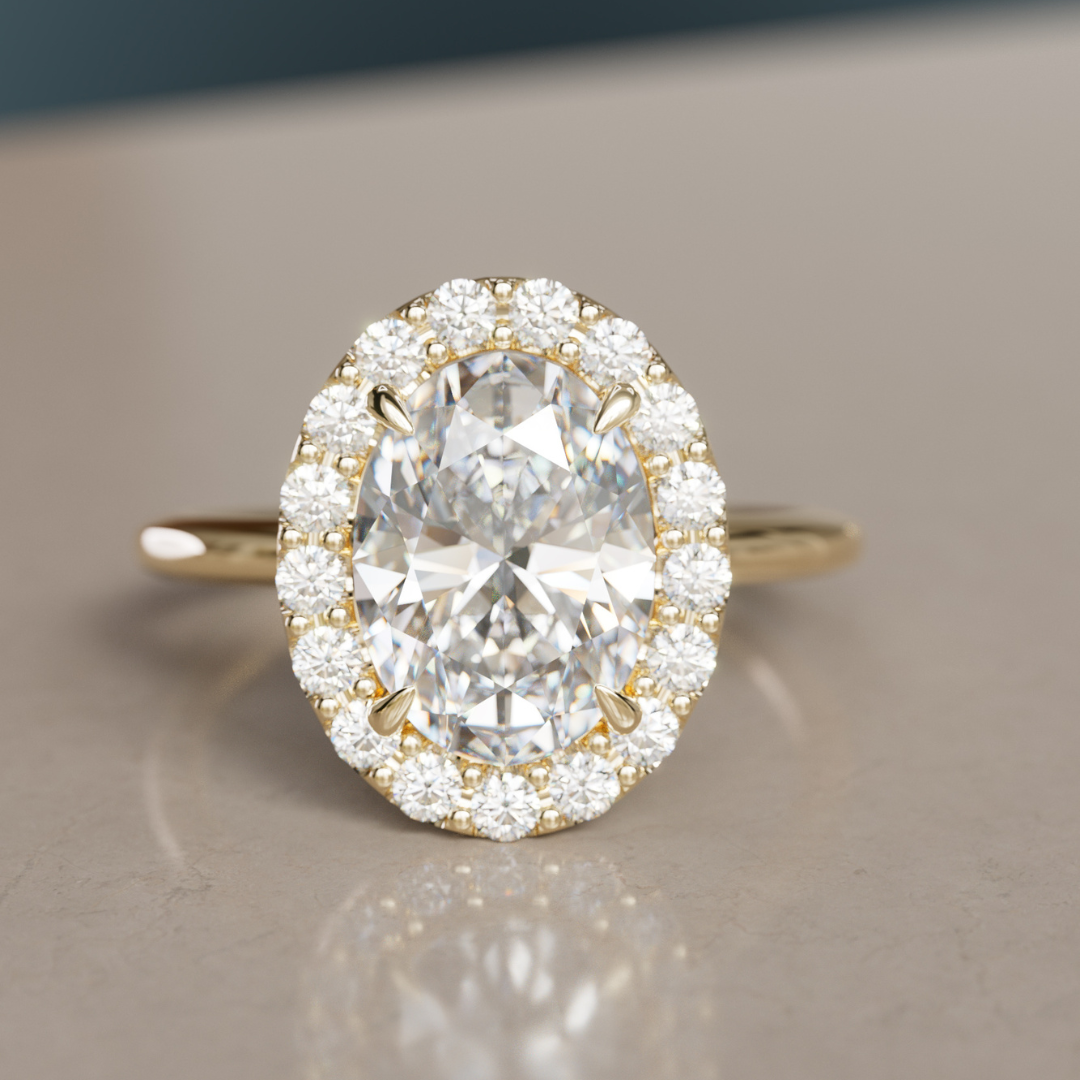
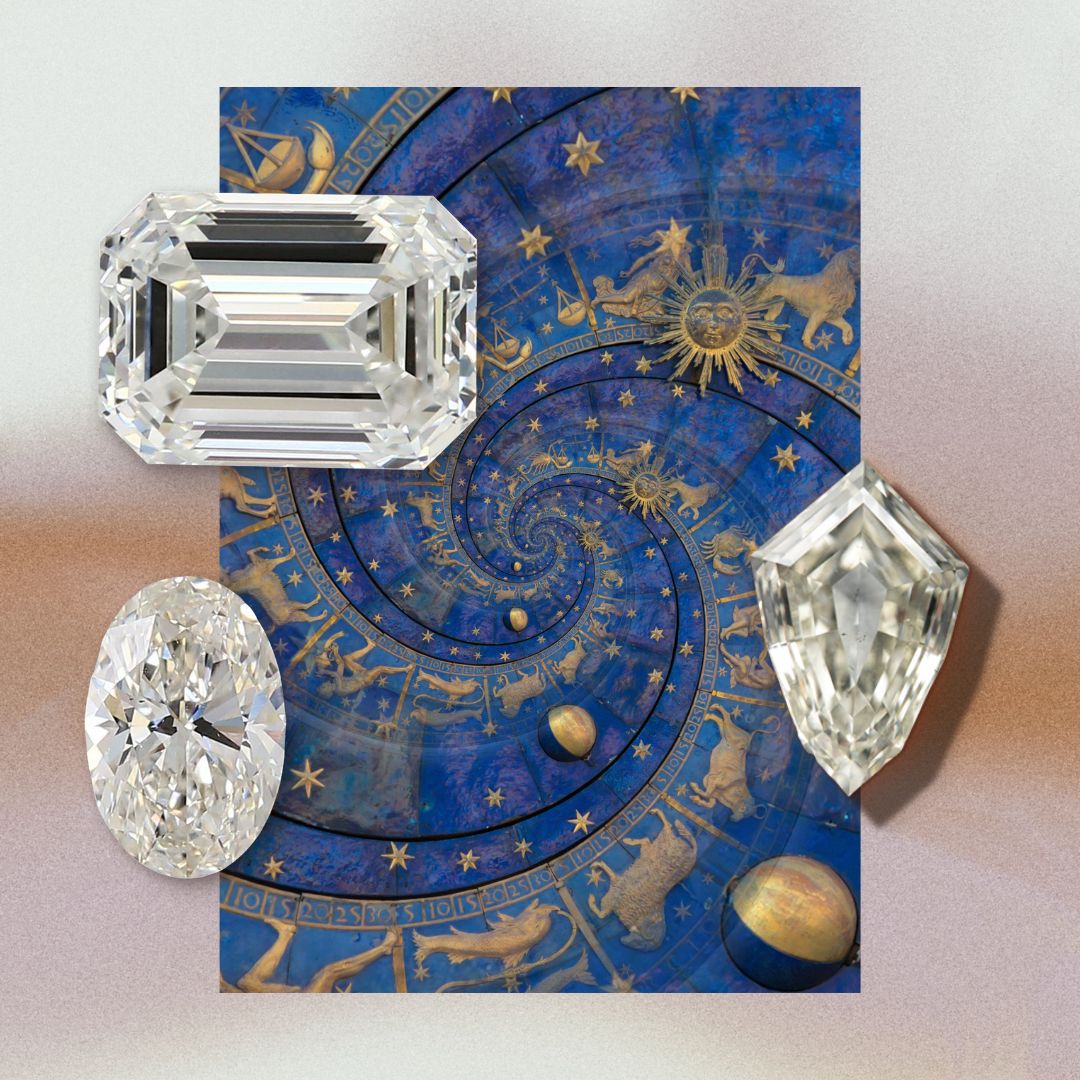
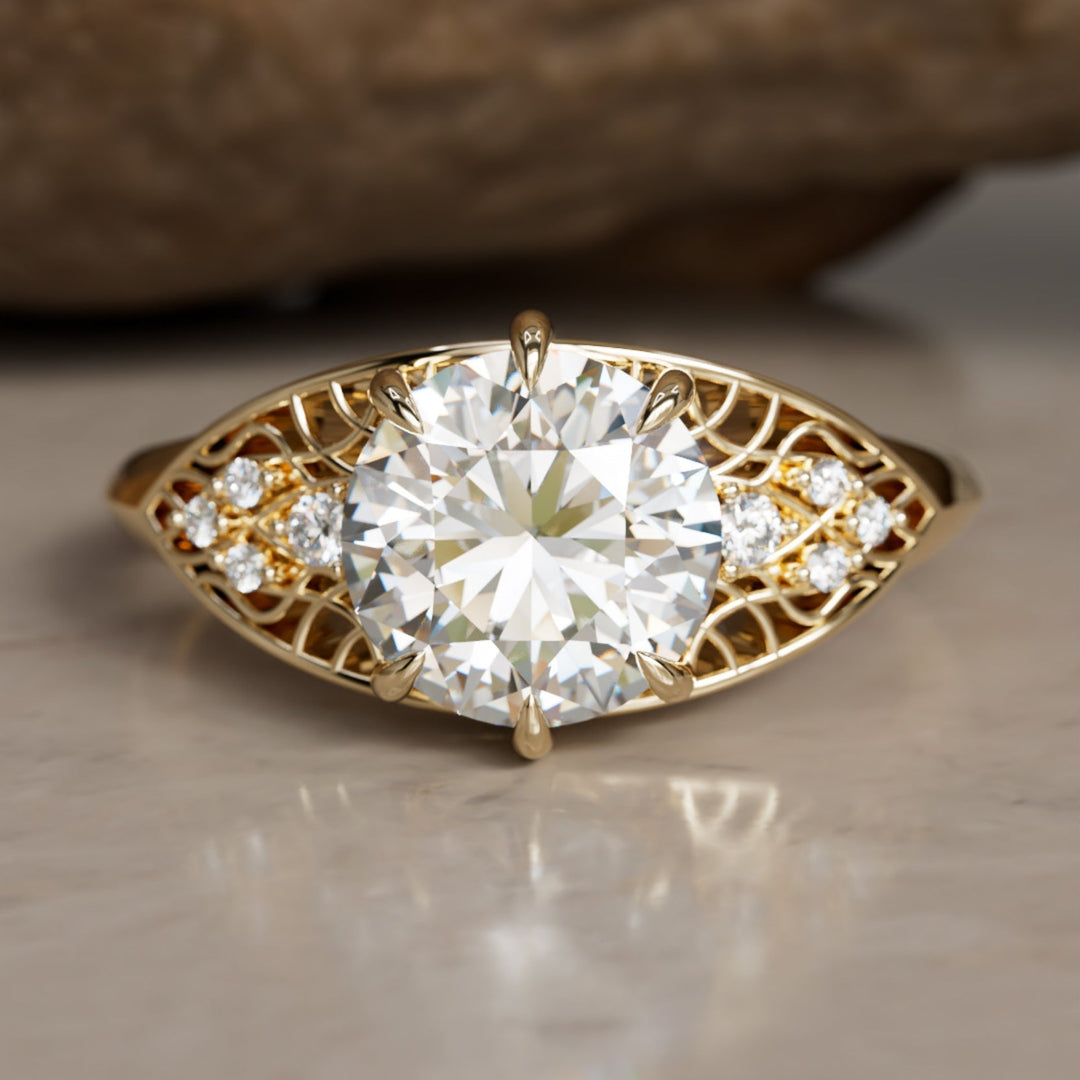
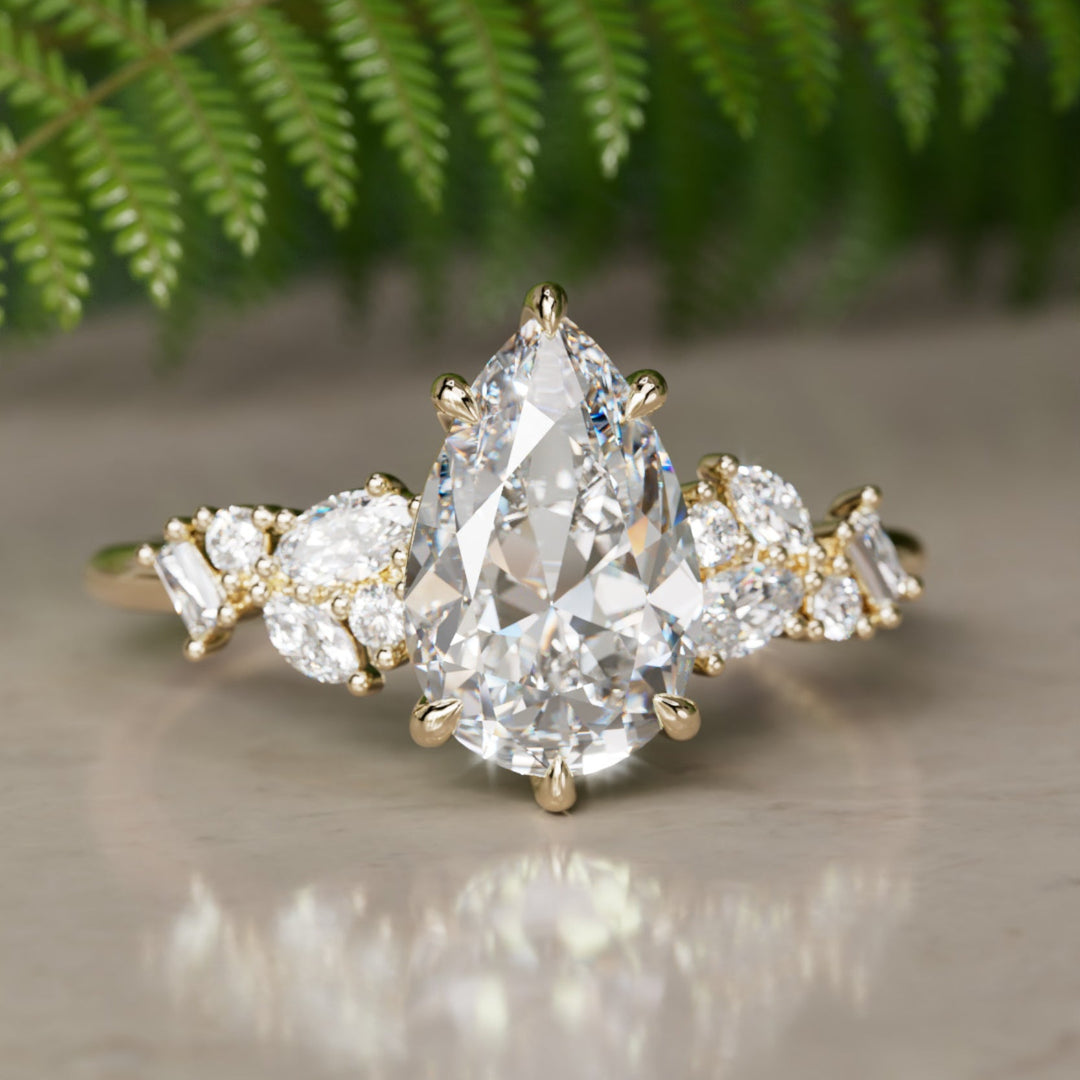
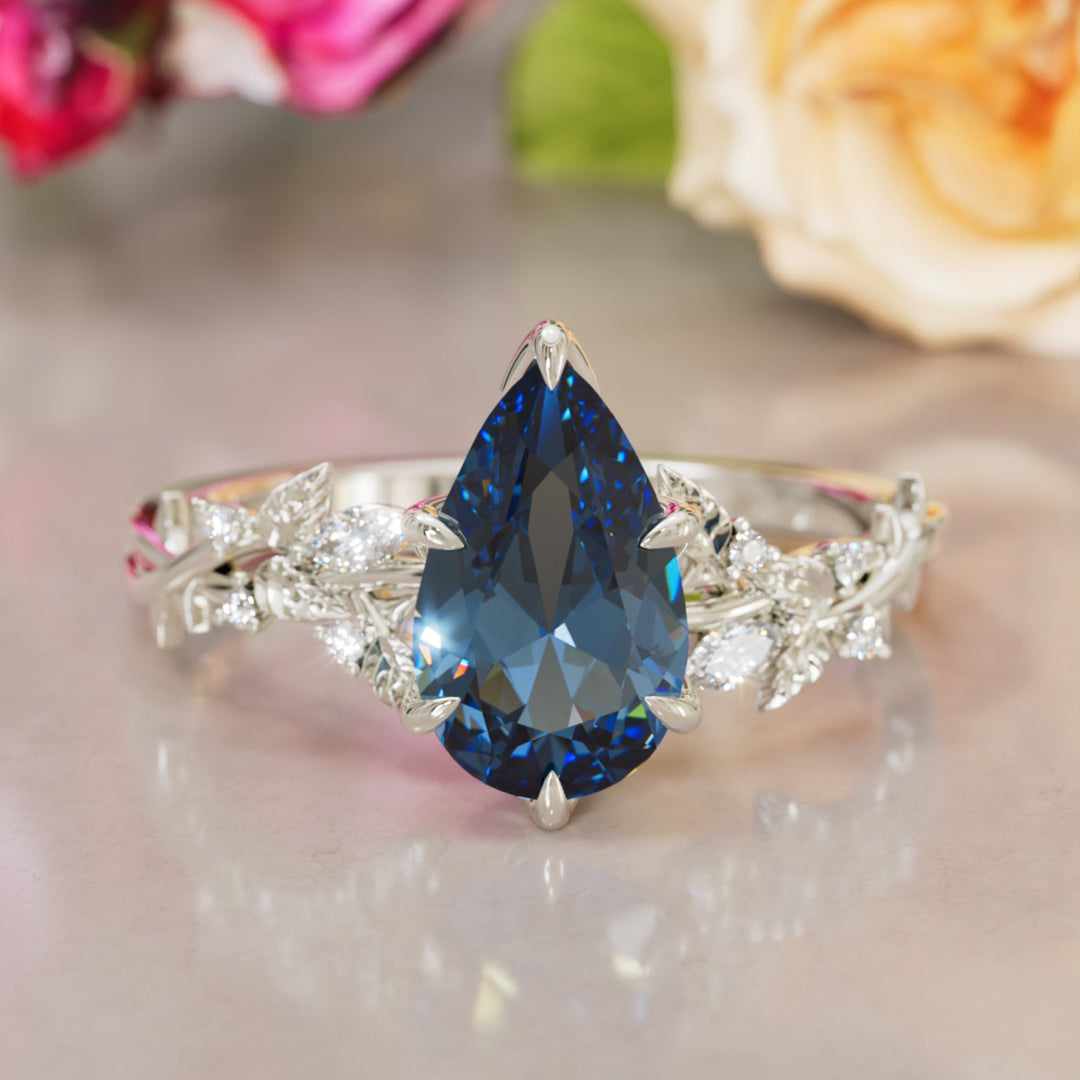
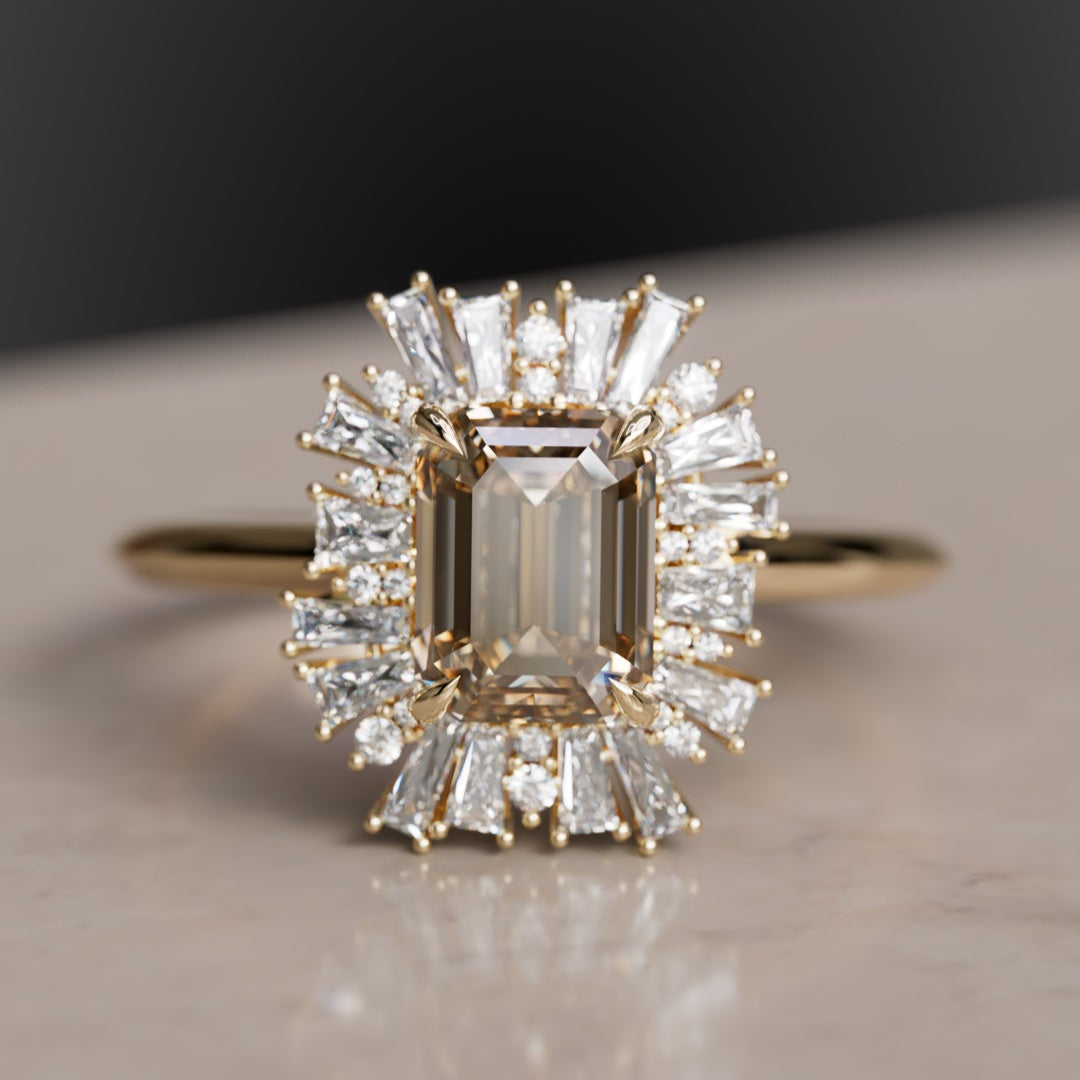
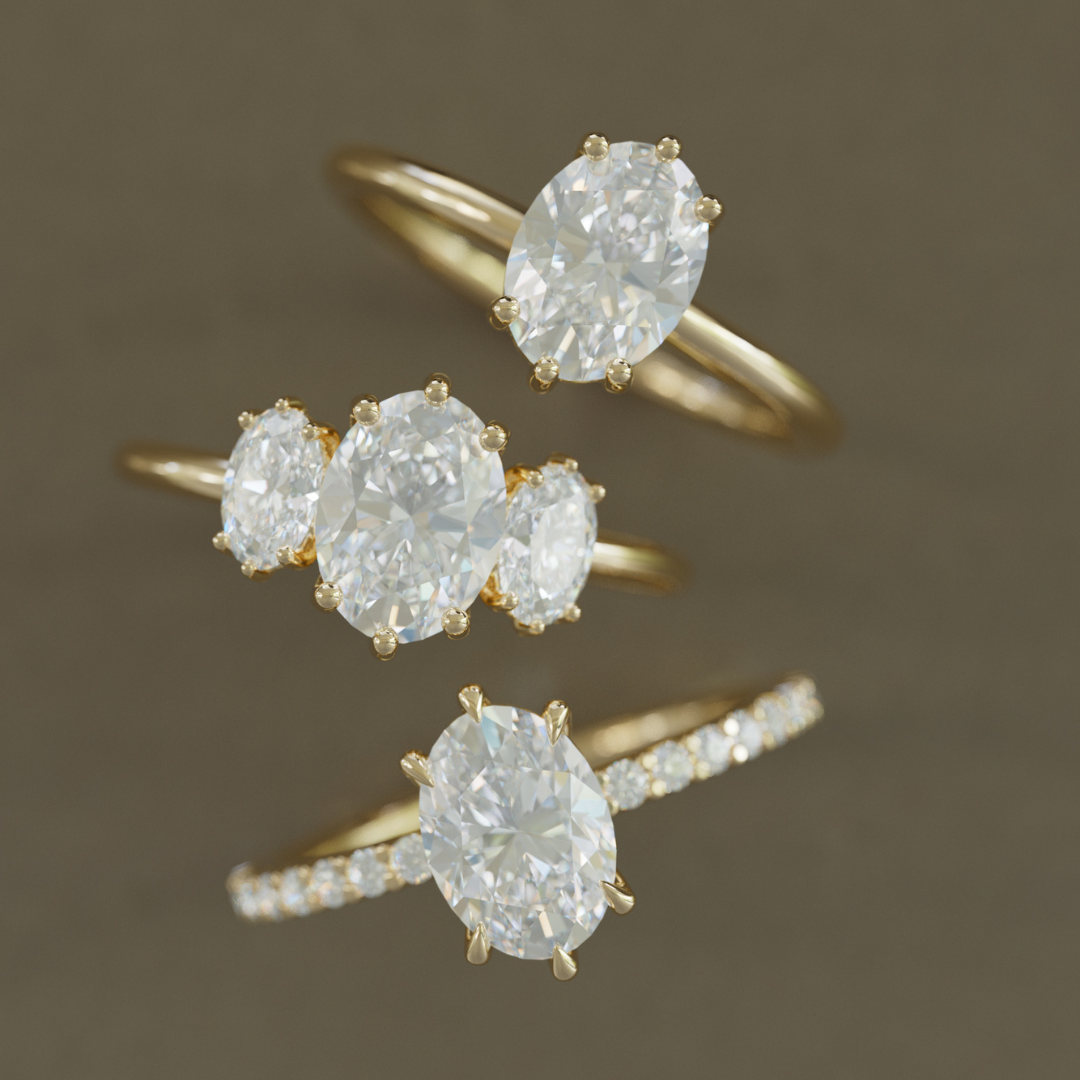
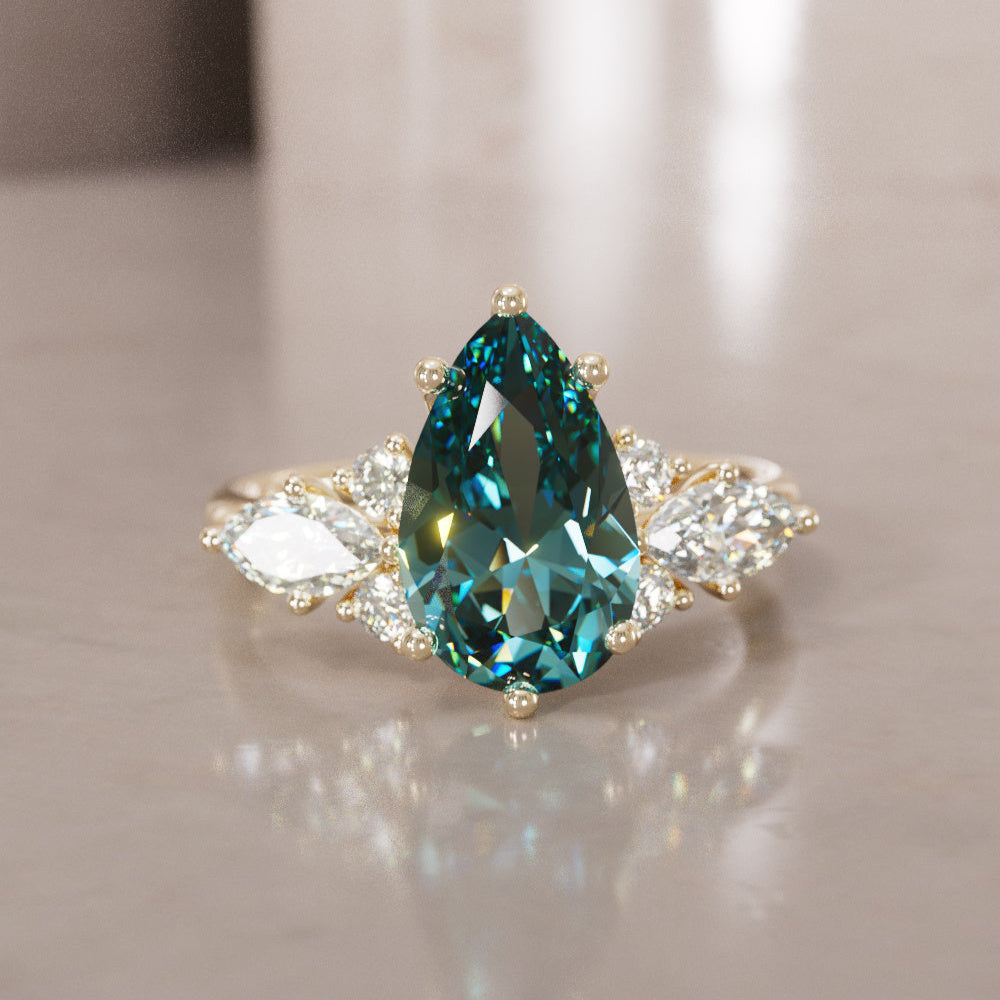
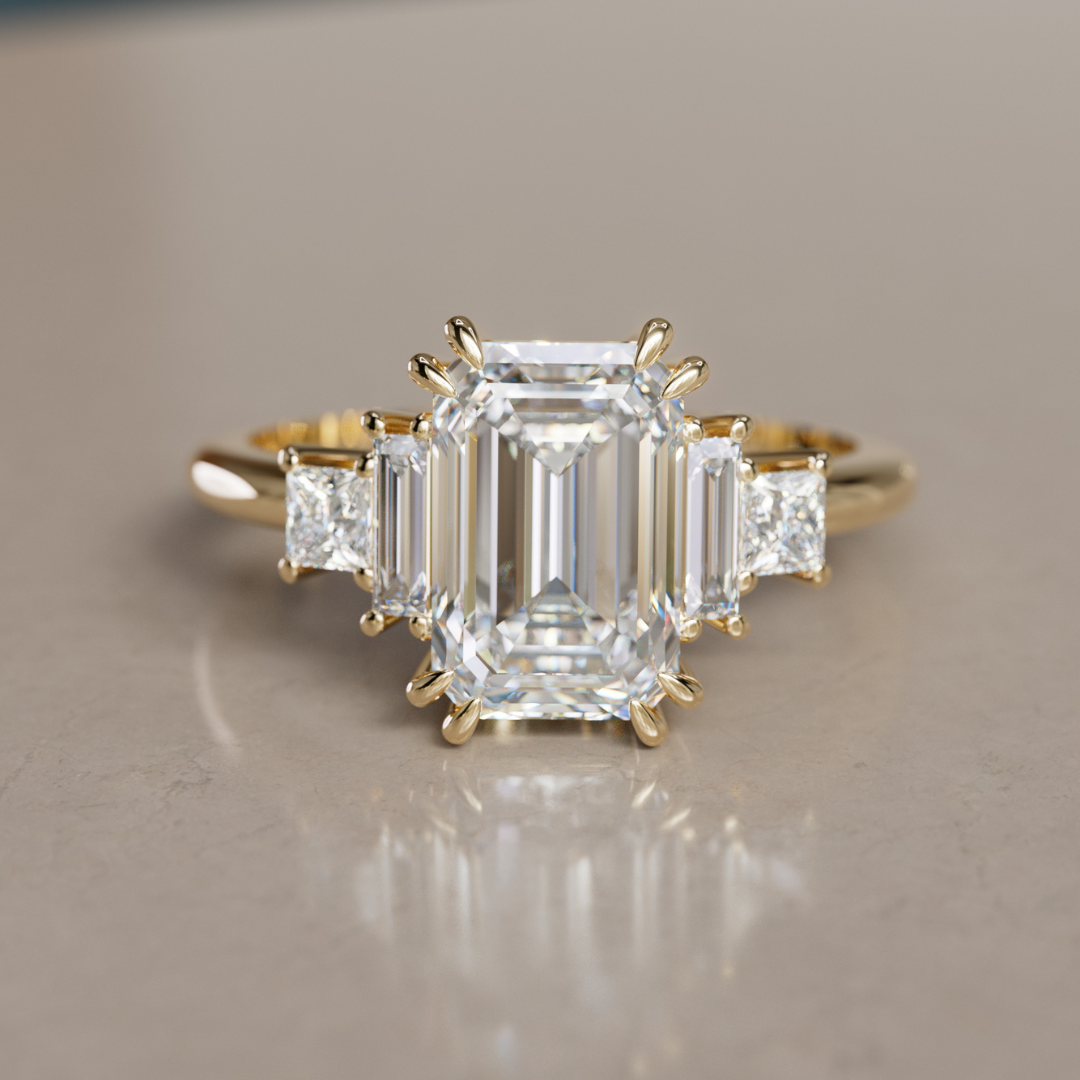
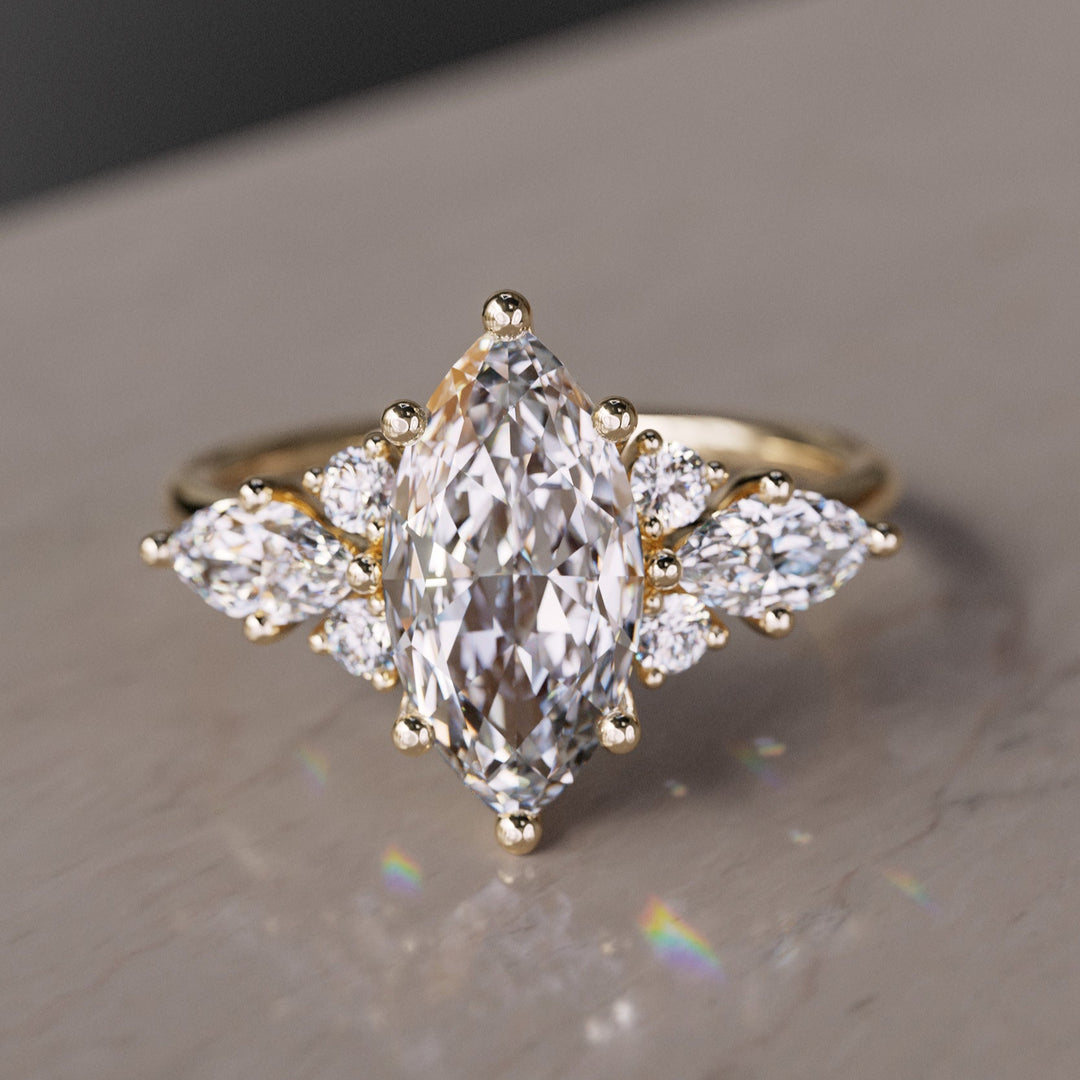
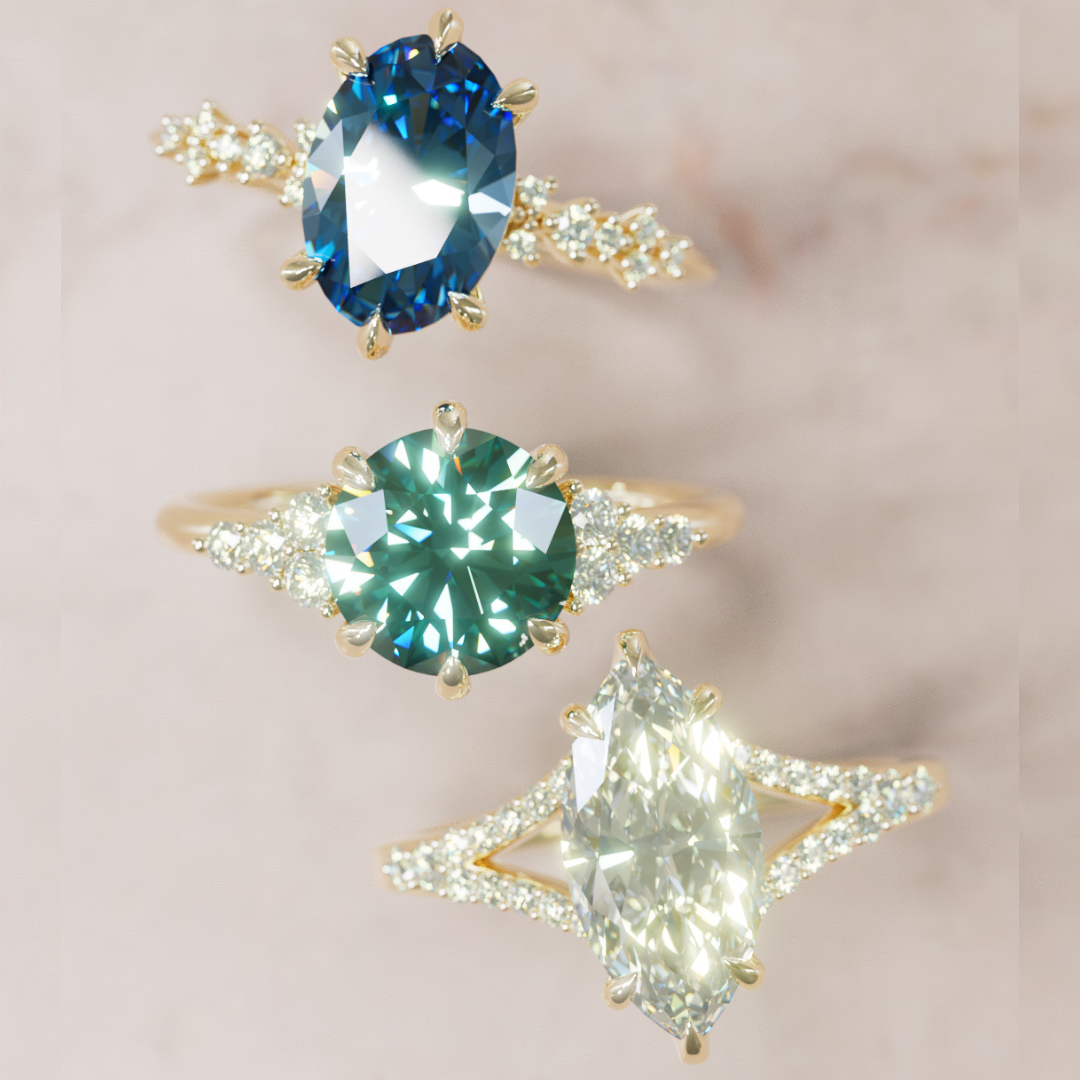
Leave a comment